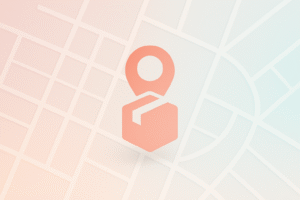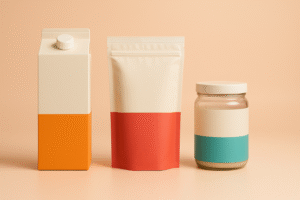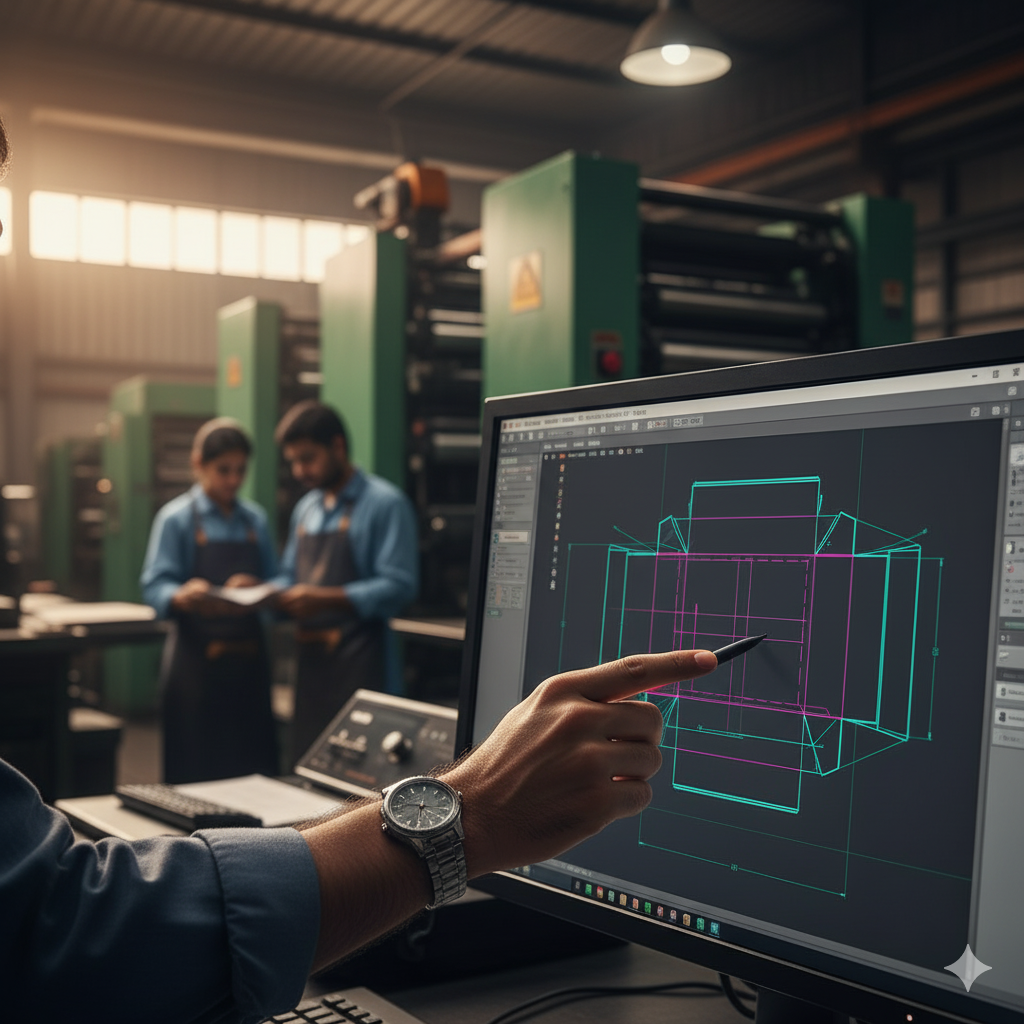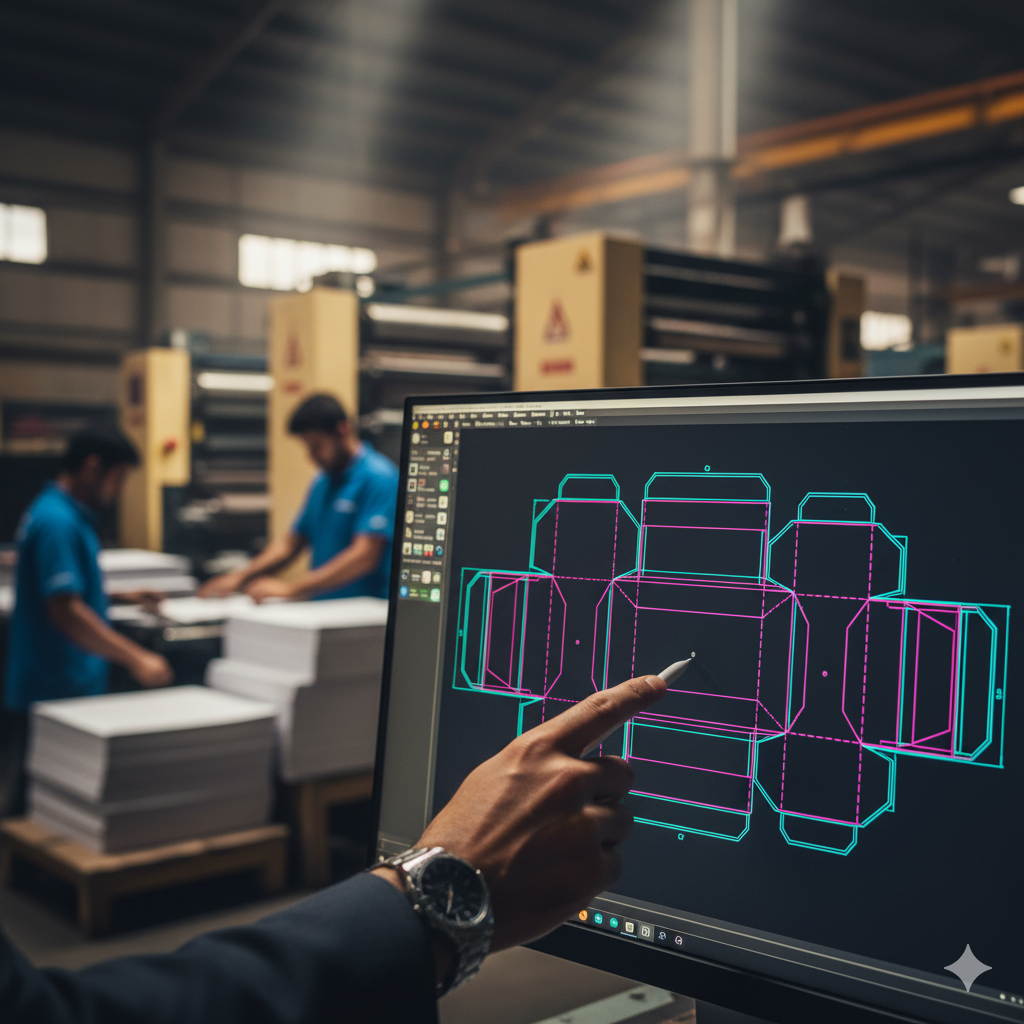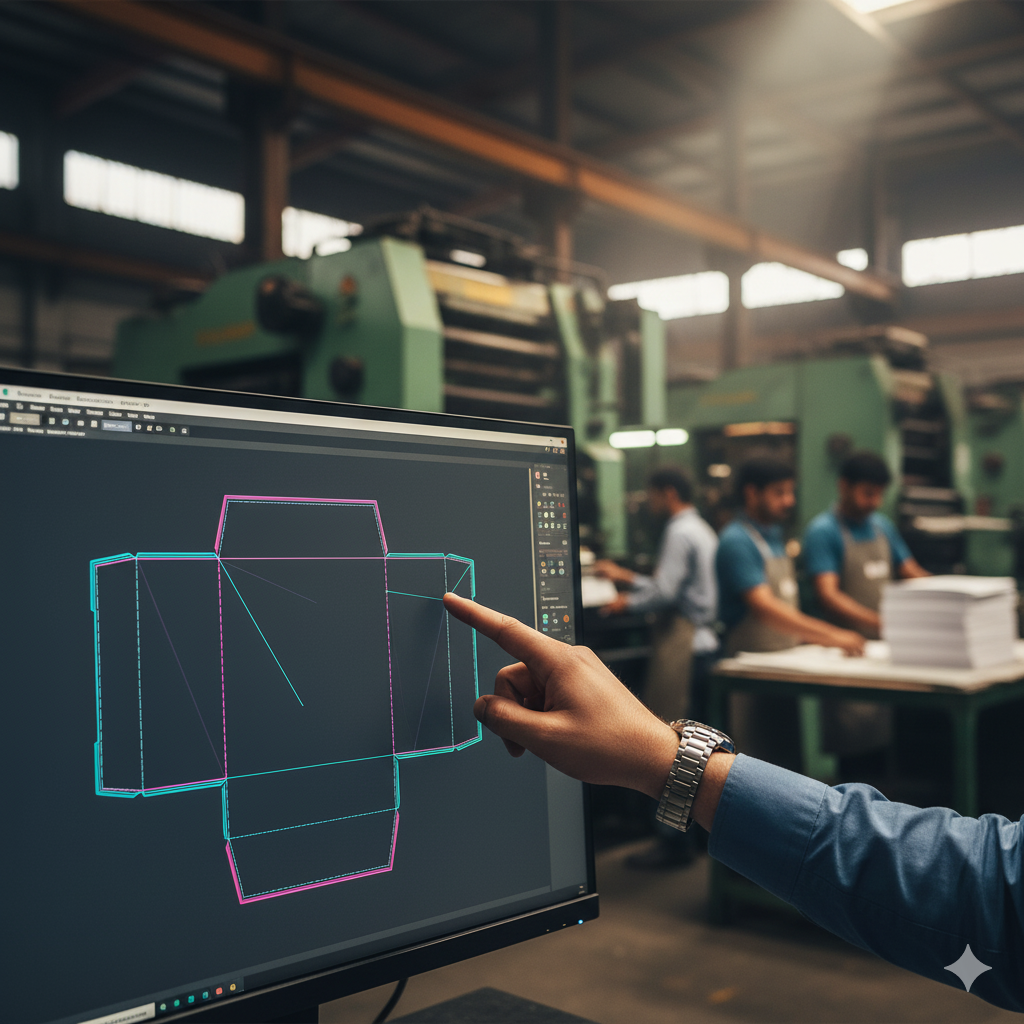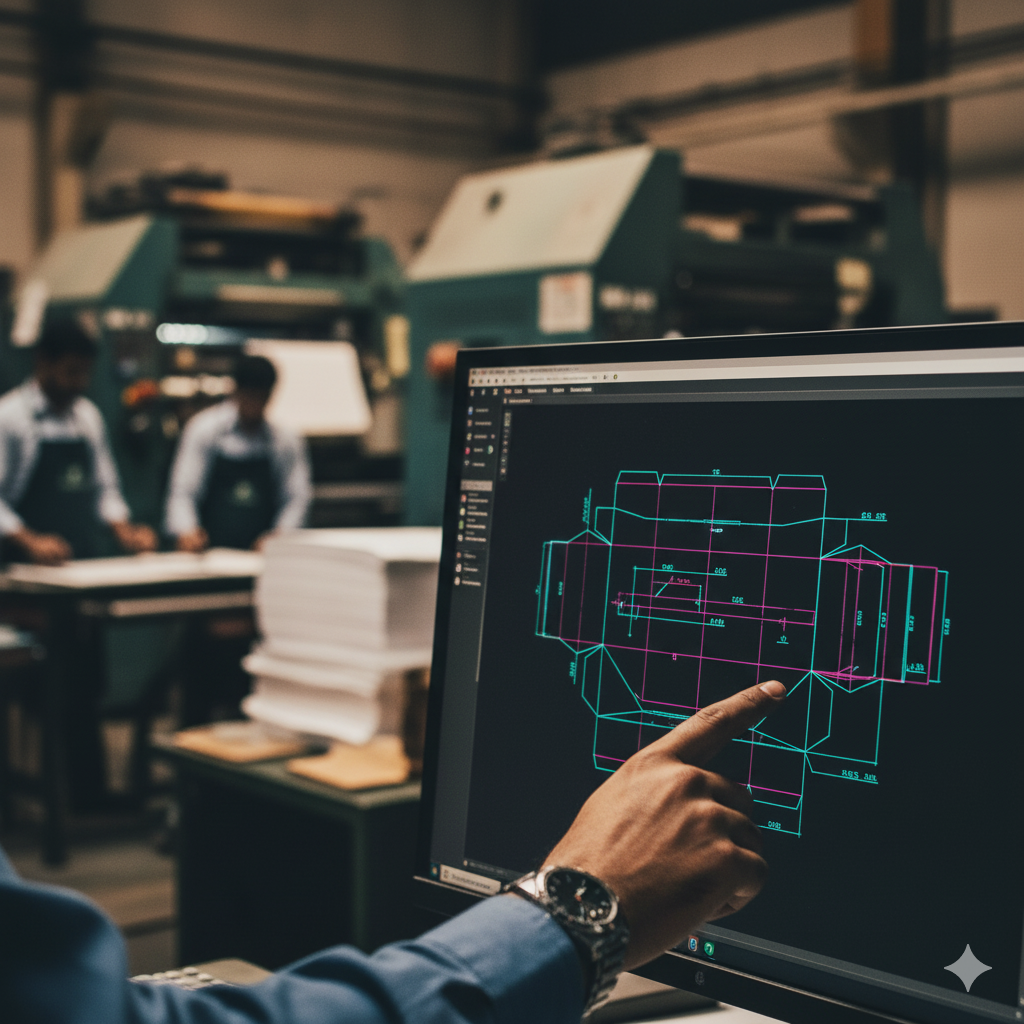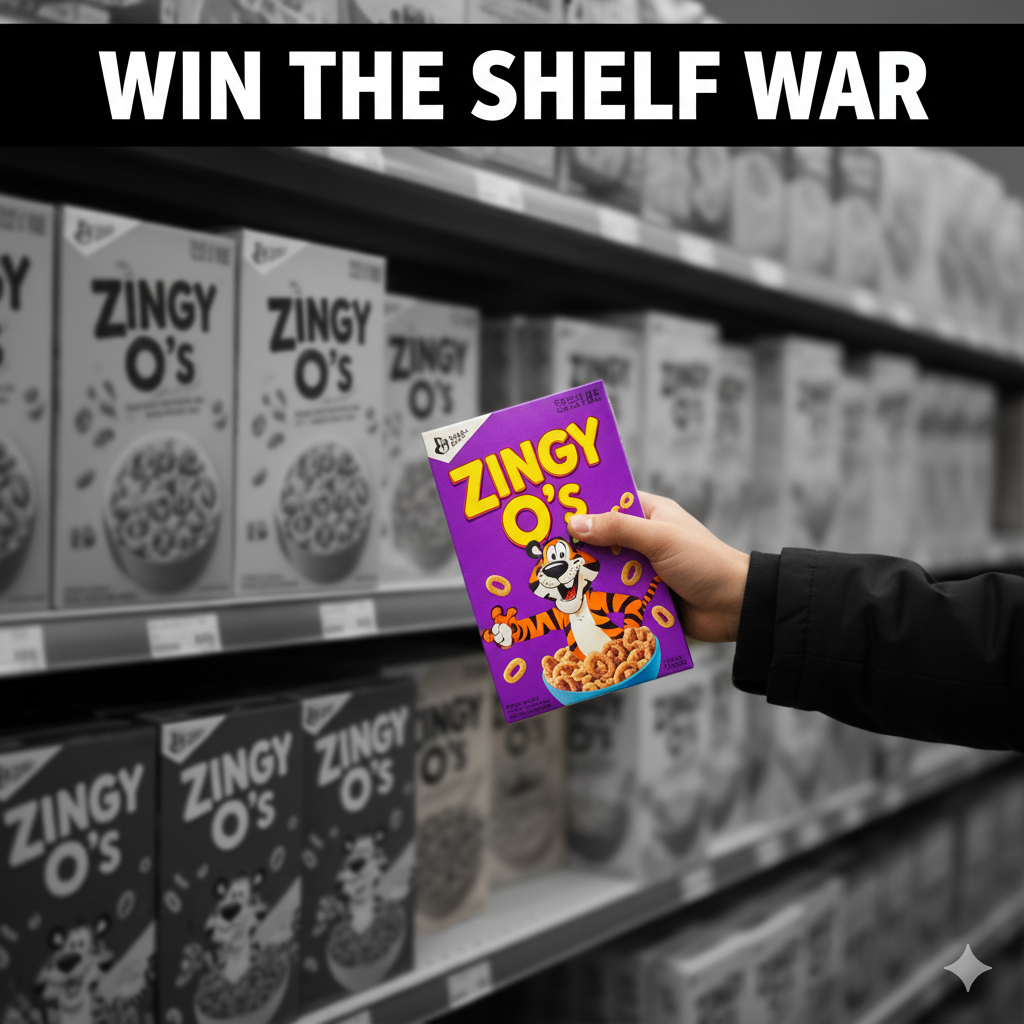Packaging Design Near Me: How to Pick a Local (or Remote) Partner That Actually Ships
If you’re googling “packaging design near me,” you’re probably balancing speed, cost, and trust. The right partner will turn your brand story into a structural dieline, a crystal-clear front panel, and press-ready files that perform on shelf and on a 6-inch screen. This guide shows exactly how to evaluate local options (and when a remote specialist beats proximity), the process you should expect, red flags to avoid, plus image prompts, FAQs, and full Rank Math data.
Why “Near Me” Matters (and When It Doesn’t)
Advantages of a nearby partner
-
On-site samples & press checks: Touch real stock/finishes; faster approvals.
-
Local printer network: Smooth quotes, accurate lead times, realistic color tests.
-
Retail context: Your designer has walked those aisles; they know the shelf fight.
When a remote pro wins
-
Category specialization: If your niche is supplements, vape, or gourmet food, a specialist who’s not down the street can still outperform locals.
-
3D render pipeline: Remote teams that deliver consistent hero angles for marketplaces often outclass “just graphic” studios.
-
Asynchronous speed: Clear workflows beat commute time.
Want to see category-specific work?
Food: Sushi Packaging Design
Supplements: Dog Supplement Label Design
High-impact variants: Vape Packaging Design Store
How to Shortlist “Packaging Design Near Me” (Scorecard)
Rate each candidate 0–5 on the following. Keep the top two.
-
Structure literacy – Can they discuss pouches vs. cartons vs. jars, inserts, closures, OTR/WVTR barriers, freight?
-
Visual hierarchy – Brand → Variant (largest) → Primary benefit → 2–3 proof icons → Net weight.
-
Compliance discipline – Nutrition/INCI, allergens, barcodes, batch/lot, certs, translations.
-
E-commerce readiness – Thumbnail legibility at 120×120 px; consistent hero angle; PDP gallery logic.
-
Prepress & printer hygiene – CMYK/spot strategy, trapping/overprint, barcode sizing, proofs.
-
System thinking – Will new SKUs slot in without redesign chaos?
-
Sustainability insight – Right-sizing, mono-materials, ink discipline, honest end-of-life claims.
Local Discovery Workflow (Steal This)
-
Search “packaging design near me” + your category (“snack pouch,” “serum label,” “tea carton”).
-
Check portfolio recency and before/after case studies.
-
Ask for a printer-ready PDF sample (sanitized) and a 3D render set (front, angled back, in-hand).
-
Confirm they’ll own vendor liaison (quotes, stock, proofs) and send first-article photos.
-
Request an SLA: response times, rounds, prepress turnaround, escalation path.
The Process You Should Expect (Step-by-Step)
-
Discovery & Brief – Positioning, audience triggers, claims, channels (retail/DTC), unit economics.
-
Shelf Audit – 3–5 competitors; what to respect vs. break.
-
Structure First – Lock dielines, closures, materials, and compliance zones.
-
Concept Territories (2–3) – Distinct layouts stress-tested at thumbnail size.
-
Refinement + Compliance – Nutrition/INCI, allergens, barcodes, translations, certs.
-
Prepress Setup – CMYK/spot, trapping, overprint, barcode tests, soft/hard proofs.
-
Production & QA – Vendor liaison, adjust to real stock/ink, first-article approval.
-
Launch Assets – 3D renders, lifestyle frames, PDP image kit, unboxing GIF, social cutdowns.
Pricing & Timelines (What Moves the Needle)
-
Typical timeline: 3–8 weeks, faster for single-SKU refresh, longer for multi-language lines.
-
Cost drivers: SKU count, finish level (soft-touch, foil, spot UV), photography/renders, regulatory complexity, rush, retailer requirements.
-
Smart savings: One base structure + variant labels; limit plate count; plan seasonal overlays.
E-commerce Readiness (From Thumbnail to Unboxing)
-
Front panel = poster. Bigger variant name, bold color band, three proof bullets.
-
PDP gallery: front hero, angled back (compliance), lifestyle, in-hand scale, short unboxing GIF.
-
Consistency: Same camera angle/lighting across SKUs = higher trust/CTR.
-
3D first: Renders beat uneven photography for line consistency, then swap hero images post-shoot.
If “Near Me” Isn’t Available: Work Remote Like It’s Next Door
-
Courier stock swatches and finish decks; run remote press checks over calibrated video.
-
Approve first-article samples with marked photos and measurement callouts.
-
Maintain a locked Compliance Layer; changes ripple across variants safely.
-
Use a shared SKU matrix (flavor → color band → icon set → barcodes) to scale cleanly.
Mini Case Snapshots (Outcome-Focused)
-
Food (carton + flow wrap): Cut front clutter 40%, enlarged variant, standardized color bands → clearer thumbnails, fewer “what flavor?” chats.
Tone of work: Sushi Packaging Design -
Supplements (jar + label): Benefit headline + 3 trust icons → scaled to 6 SKUs with no redesign chaos.
Example: Dog Supplement Label Design
Questions to Ask on Your First Call
-
“What’s our approval path from concept to press?”
-
“How do you ensure thumbnail legibility?”
-
“Show me a press-ready PDF and a PDP image kit you’ve delivered.”
-
“What stock/finish do you recommend and why?”
-
“How do you handle multi-language or retailer-specific variants?”
-
“What happens if a barcode fails at checkout?”
FAQs
Q1. Is a local packaging designer always better than remote?
Not always. Proximity helps for samples and press checks, but a category specialist with tight workflow and 3D/PDP skills can outperform a generalist down the street.Q2. What should I bring to a first meeting?
Your positioning, claims, rough bill of materials (e.g., pouch + zipper), quantities, printer constraints, and any retailer requirements.Q3. How do I know if my design is thumbnail-ready?
Shrink your front panel to 120×120 px. If brand + variant + one benefit remain legible, you’re good.Q4. Which print method should I choose?
Digital for pilots/short runs; flexo for scale; gravure for very high volume and tight color tolerance.Q5. Can I get sustainable packaging without big costs?
Yes—right-size, reduce ink plates, prefer mono-materials, be honest about end-of-life.Q6. What files should I receive at the end?
Press-ready PDFs on final dielines (1:1), outlined fonts, embedded images, CMYK/spot profiles, barcode sized correctly, plus layered source files and a PDP image kit.Q7. Do you handle multi-language packs?
Yes. Plan a dedicated localization panel or QR overflow; don’t cram micro text on the front.
Hire a Partner Who Treats “Near Me” Like “Right Here”
If you want a packaging system that’s shelf-ready and thumbnail-perfect, let’s talk.
Explore real-world tone and structure:
